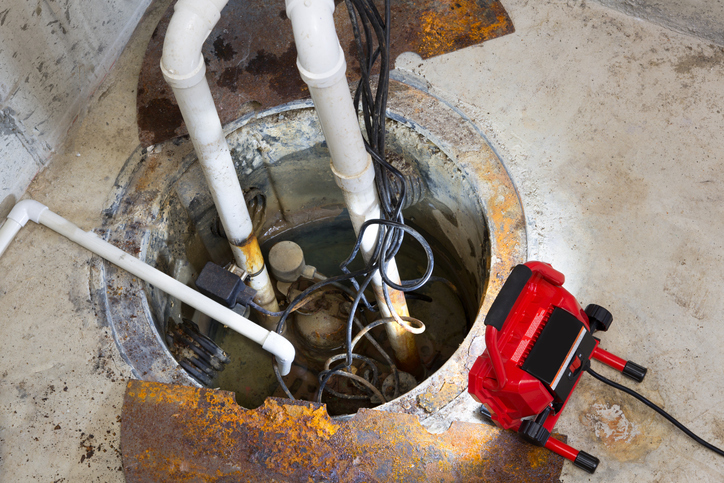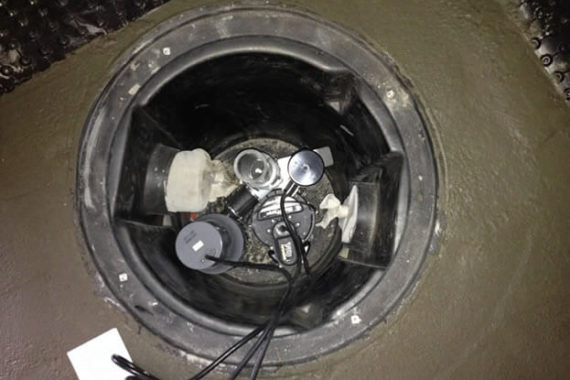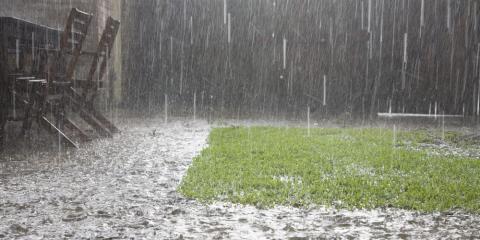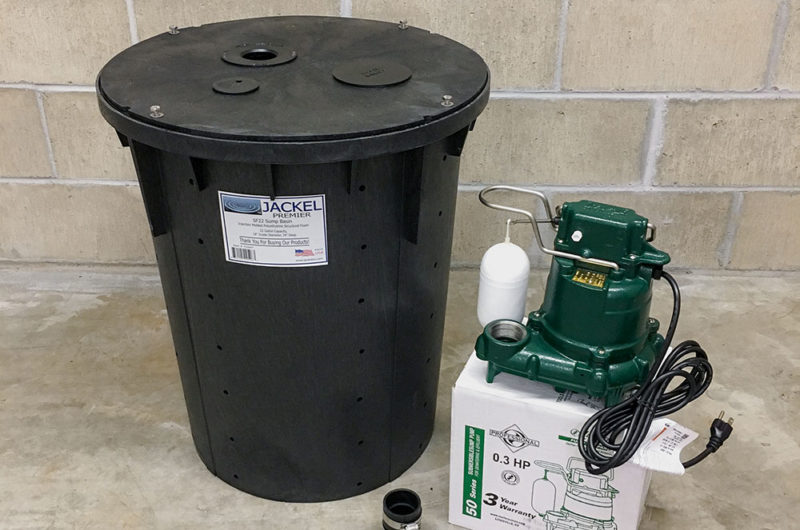Do you have a basement that is prone to flooding? If so, you probably already know how important a sump pump is!
Sump pumps are designed to pump water out of your basement to keep your basement dry. But what happens if your sump pump doesn’t work the way you intended? Suddenly, you might have a flooded basement full of damp carpets and ruined furniture.
Dealing with a sump pump failure is never fun. However, there are many cases where failure of the sump pump could have been prevented if only the homeowner had taken some precautions.
Consider these six common sump pump errors. A little foresight could mean the difference between a dry and a wet basement in the future.
No emergency power supply
Perhaps one of the most common mistakes is not to have a backup plan in case the power fails. When a storm comes through with heavy rain and your energy turns off and your sump pump can’t turn on, all of the water flows straight to your basement. The simple solution is to keep a backup generator available. Once the power turns off Connect your generator so that your sump pump can work. You should also have plenty of fuel for your generator.
Pump too close to the house
Some people assume it’s okay for their pipe to drain into a floor drain, but it’s not. Floor drains are designed to deliver normal wastewater rather than excess water from your sump pump. You should also make sure that you pump the water so far away that it doesn’t return straight to your basement. The sump pump outlet line should be at least ten feet from your house. You should also make sure that the pipeline does not drain directly onto the street or your neighbour’s property.
Do not use a compatible hose
Sump pumps require a 1, 1-½ or 2 inch outlet hose. Using an incorrectly sized outlet hose will cause your pump to leak or not operate properly. Many assume that the size of the hose is a personal preference, but that’s not true. In most cases, an outlet hose is supplied with the installation kit. This is the right hose size for your system. If you ever need to replace the hose, you should replace it with a hose of the same size.
Do not winterize
Freezing temperatures can damage your sump pump and hoses. While you should never unplug your sump pump, you should remove the outlet hose. If water freezes in the outlet hose, there is a possibility that the hose will tear and become unusable. When the temperatures get cold, take the time to remove the hose, drain the water, and store it in your garage or basement. While removing the hose, you should also take the time to remove any residue from the pit of your sump pump. As soon as the weather warms up again, reconnect the house.
I try to tinker
Many homeowners try to install their sump pump to save the cost of professional installation. If you have any previous experience installing a sump pump this is great! If you don’t, please know that some things may be wrong. If the hole for the pump is not in the right place or the sump pump is not installed correctly, there is a risk of a flooded basement. However, if you have no experience or a friend who could help you, opt for a professional installation.
Forgot to turn it on
Occasionally, you can temporarily unplug your sump pump to use this outlet for another purpose. However, sometimes people forget to reconnect their sump pump, resulting in a flooded basement. It is usually recommended never to disconnect the sump pump from the mains. This ensures that the sump pump is always switched on. If you absolutely need to unplug your sump pump, plug it back in immediately and turn it on when you’re done.
Final thoughts
If you want to keep your basement dry, take care of your sump pump properly. In addition to checking all of the tips above, check regularly that the fluid is draining properly. Don’t wait for a violent storm to determine that your sump pump needs help.
 TopsDecor.com Home Decor Ideas
TopsDecor.com Home Decor Ideas







